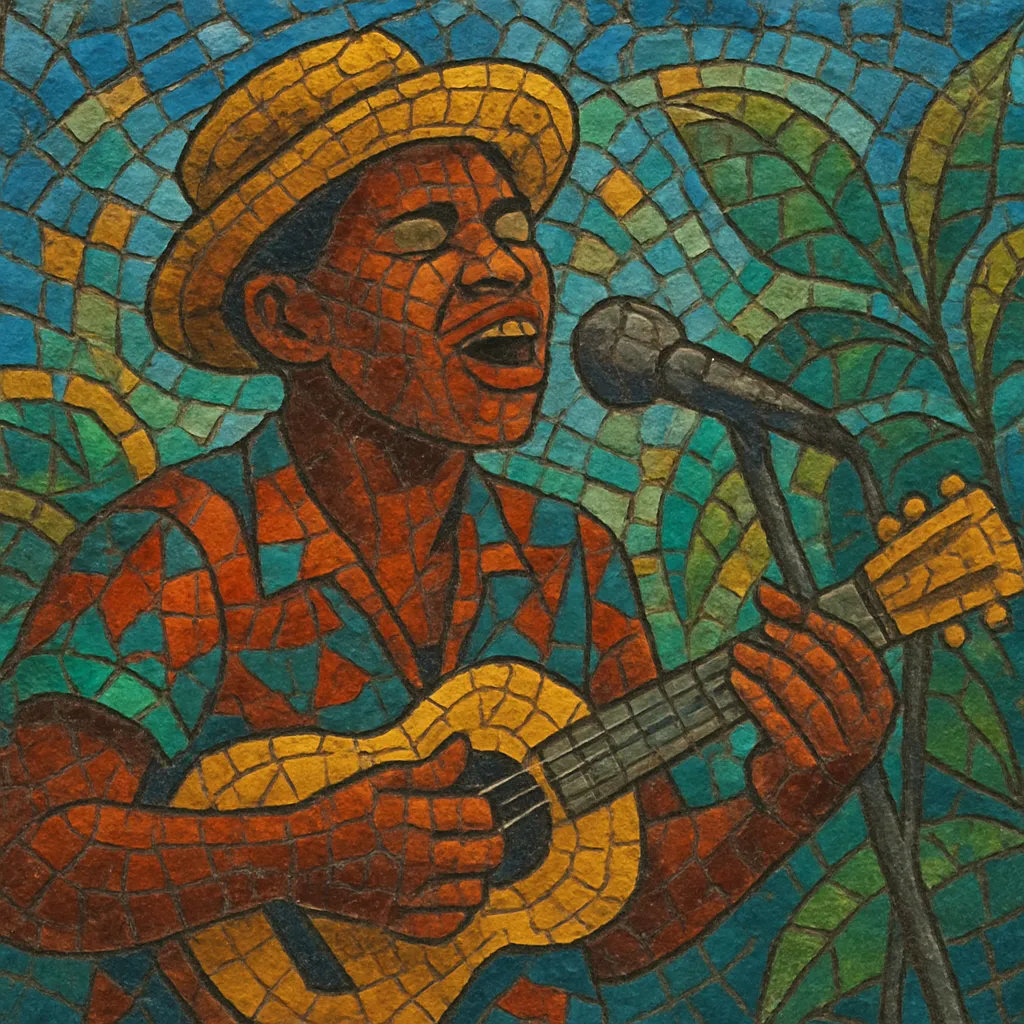Benna (also spelled bènna) is a folk song and dance tradition from Antigua and Barbuda characterized by call-and-response singing, brisk syncopated rhythms, and topical, often risqué or satirical lyrics. Songs are typically delivered in Antiguan Creole and function as community commentary, gossip, and news.
Rooted in West African vocal and rhythmic practices, benna emerged as a secular form of expression after Emancipation and flourished in the early 20th century in marketplaces, village gatherings, workyards, and festive street processions. Its lively pulse, easily memorized refrains, and witty improvisation made it a people’s newspaper and a centerpiece of social life.
Benna is widely regarded as a precursor and close cousin to Trinidadian calypso, sharing similar chantwell-led performance, subject matter, and danceable grooves, while retaining distinct Antiguan phrasing and local storytelling.
Benna coalesced in Antigua and Barbuda after the abolition of slavery as Afro-Antiguan communities fused West African call-and-response, communal dance, and hand-percussion with local creole verse. By the early 1900s it had become a recognizable secular song form performed in streets and markets, led by a chantwell (lead singer) with a responding chorus.
More than entertainment, benna was a vehicle for commentary: it spread news, archived community memory, and lampooned public figures. Lyrics—often humorous, flirtatious, and double-entendre—were composed and recomposed on the spot, encouraging audience participation. Acoustic accompaniment (shakers, frame drum, tambourine, triangle/iron, guitar/banjo, fife) supported a buoyant, syncopated groove suitable for processional dancing.
Benna and Trinidadian calypso share structural DNA (chantwell leadership, topical satire, refrains). In Antigua, benna is commonly cited as a direct local antecedent that helped set the stage for acceptance of calypso. As recorded calypso spread regionally in the 1930s–1950s, it increasingly dominated carnivals and commercial stages, while benna remained a community-rooted tradition.
With the institutionalization of Carnival competitions, amplified bands, and radio, benna’s public prominence declined, but it continued in villages, social clubs, and heritage events. Cultural organizations, schools, and folk ensembles have since curated and taught benna repertoire, preserving its role as an emblem of Antiguan-Barbudan identity.
Benna’s imprint survives in the cadence, humor, and participatory spirit of Antiguan performance culture and in the broader calypso/soca continuum, where its storytelling ethos and chantwell-led call-and-response remain central.


